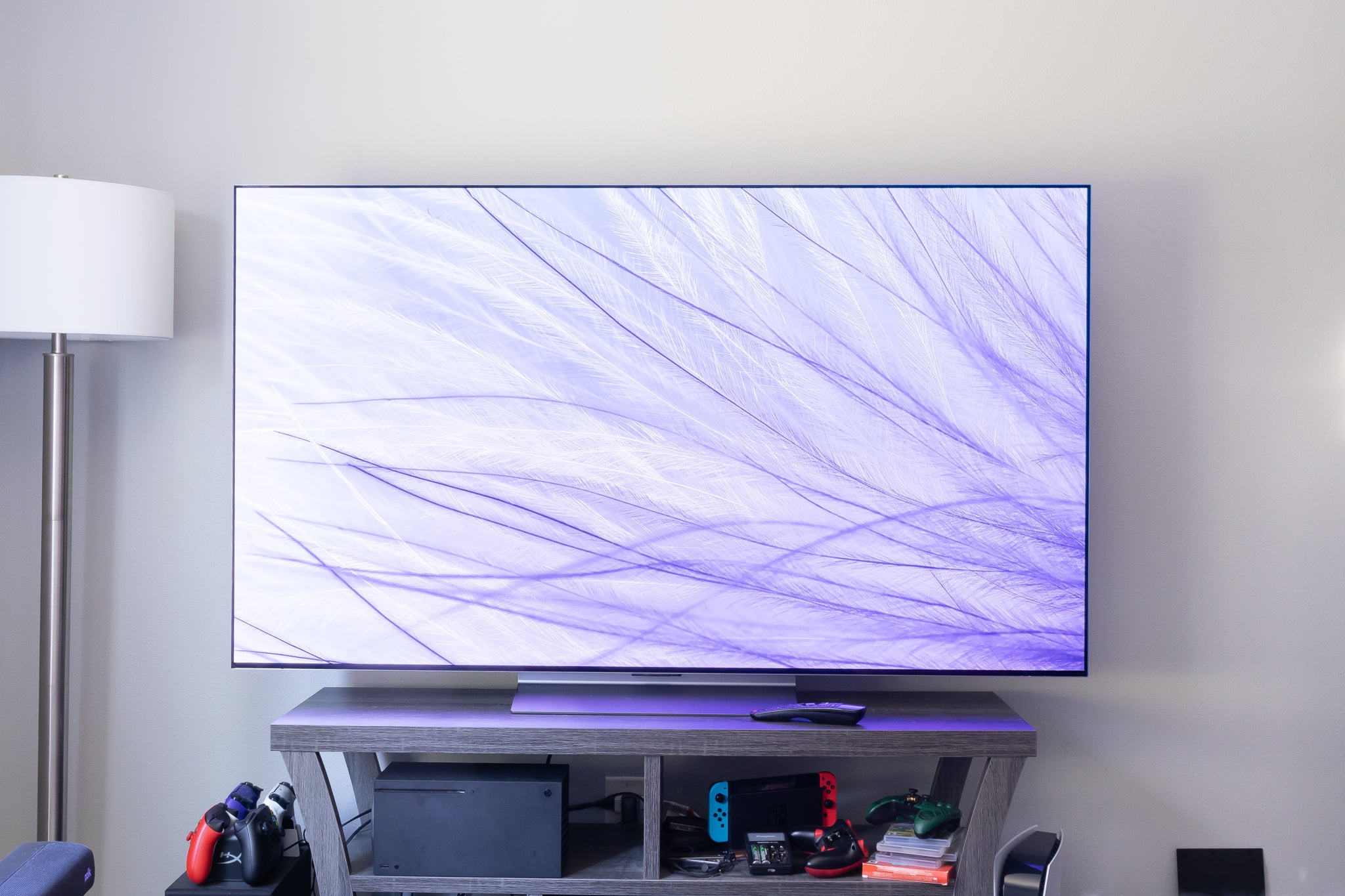
Until recently, the high cost of 4K OLED televisions made them out of reach for the average consumer. However, as development continued, prices decreased, and it is now approaching widespread use. At this moment, everyone shopping for a new television should give OLED models significant consideration.
It would be best if you didn’t buy an old OLED television just because the technology has advanced. Therefore, if you want to buy an OLED TV that is up to date, here are the four most important things to look for:
- Levels of Brightness
It’s no secret that OLED televisions aren’t as bright as their QLED rivals. They just don’t become as bright, which is a shame. However, recent advances in OLED panel technology have resulted in displays with sufficient brightness levels to deliver a fantastic HDR experience.
To have the best possible experience with HDR content, the OLED television you are considering must have a peak brightness of between 700 and 800 nits. And for the best possible picture when watching SDR content in a well-lit room, the brightness of your TV should be between 400 and 500 nits. However, if you typically watch TV in low-light settings, you probably won’t notice the difference in brightness between an OLED and a conventional display.
- Refresh Rates
The 60Hz refresh rate is excellent for watching movies and TV, but it’s not good enough for gaming. You can play games at high frames per second on the PS5 and Xbox Series X, the two most recent gaming consoles. Meanwhile, the increased frame rates will appear only on a high refresh rate screen.
Happily, the HDMI 2.1 standard ensures that most recent OLED televisions can support a 120Hz refresh rate. Some televisions also have variable refresh rate technology, which allows the screen’s refresh rate to be dynamically adjusted to match the action on the screen. As a result, there will be no more tearing on the screen, and the frame rate will remain smoother during gameplay.
So, if you want to play video games on the big screen, you’ll need a TV with HDMI 2.1 inputs that can handle 120 frames per second (Hz) and varying refresh rates.
- Price
Although OLED TV costs have dropped in recent years, they are still relatively high compared to standard LED TVs. So, what you pay might vary greatly depending on the make and model you choose. Meanwhile, if you’re looking to save money on the TV, consider purchasing a model from the prior year rather than the most recent one. During clearance sales, you should be able to find one for a reasonable price. Also, you may expect to receive most of the features in modern models. However, verifying the technical specs is always a good idea to ensure that the product you are purchasing meets all your requirements.
- Audio Clarity
Sound quality is just as important as picture quality. The inbuilt speakers on an OLED television are essential if you don’t want to spend a few hundred dollars more on a soundbar or a dedicated sound system.
There are OLED televisions with excellent image quality but poor audio, while others with outstanding audio but middling pictures. Hence, finding a happy medium between the two is essential. On the other hand, you could get a soundbar if you’re willing to forego the best possible picture. Meanwhile, hearing a TV in person is the best method to judge its audio quality. It should be acceptable in your living room if you can hear it clearly.





